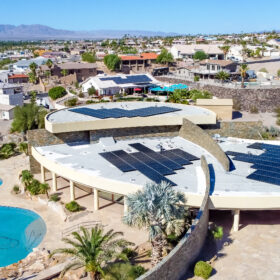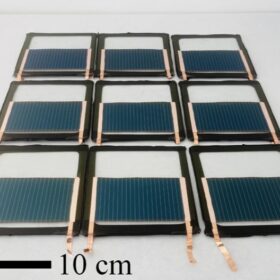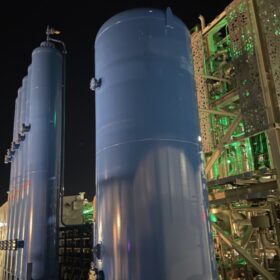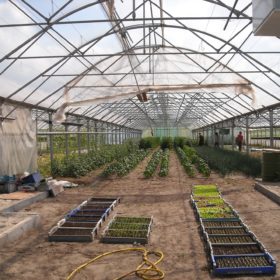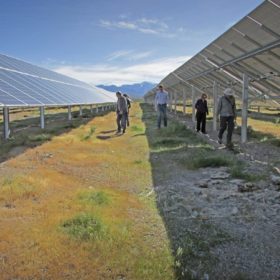‘We must push back on net billing’
With California’s NEM 3.0 legislation having gutted panel sales and Arizona heading a bevy of other US states preparing to reduce solar-export payments, it’s time the United States solar industry stepped up, for ourselves as well as our customers.
US researchers develop 108 cm2 perovskite solar module with 19.21% efficiency
The scientists built the panel with perovskite solar cells treated with trifluoromethane sulfonate to combat iodide defects. The mini module reportedly achieved the highest efficiency ever recorded for its size to date, with the result being confirmed by the US National Renewable Energy Laboratory (NREL).
The Hydrogen Stream: BayoTech to launch two US hydrogen hubs in 2024
BayoTech and Versogen are increasing their investments in low-carbon hydrogen in the United States, while the UK government has announced backing for 11 green hydrogen projects, canceling plans to use hydrogen for household heating.
Weekend Read: Pushing perovskite PV limits
The perovskite solar race is heating up, with a cue of manufacturers forming to test products at the US Department of Energy’s (DoE) PV commercialization facilities, and academics on both sides of The Pond announcing new advances in recent months.
Big solar already pulling its weight on emission reduction – especially in Chile
Following a disappointing COP27 climate change summit in November, solar industry veteran Philip Wolfe reviews the contribution utility-scale PV is starting to make to emissions reduction.
The ‘rubber-band effect’ on renewable energy project margins
David Riester of Lacuna Sustainable Investments, looks at how, on the journey from concept to monetized power plant, renewables and energy storage projects tend to get tugged toward ‘zero’ margin, from either direction. The further the rubber band is stretched, the stronger the pull back toward zero.
Covid-19 weekly round-up: US job losses raise concern but France and China continued to add new solar
Cell supply shortages could kick-start manufacturing activity in India, EV car sales are braced for a fall while still gaining market share and a new date has been set for the world’s biggest solar trade show.
Duke Energy signs milestone power contract in North Carolina
Charlotte has become the first U.S. municipality to come to terms with Duke Energy on a solar contract through the new Green Source Advantage program.
Greening greenhouses with organic PV
Semi-transparent organic solar cells can reduce the carbon footprint and raise the crop yield of greenhouses while acting as generators and insulation. Scientists in the U.S. say greenhouses equipped with organic cells could be energy self-sufficient year round in hot and moderate-humidity climates.
Desert solar farms can improve tortoise habitat
With openings in the fence and improved growth of plants vital for tortoise survival, solar farms in Nevada can provide better habitat than the surrounding desert. First Solar has found similar habitat gains in California.
